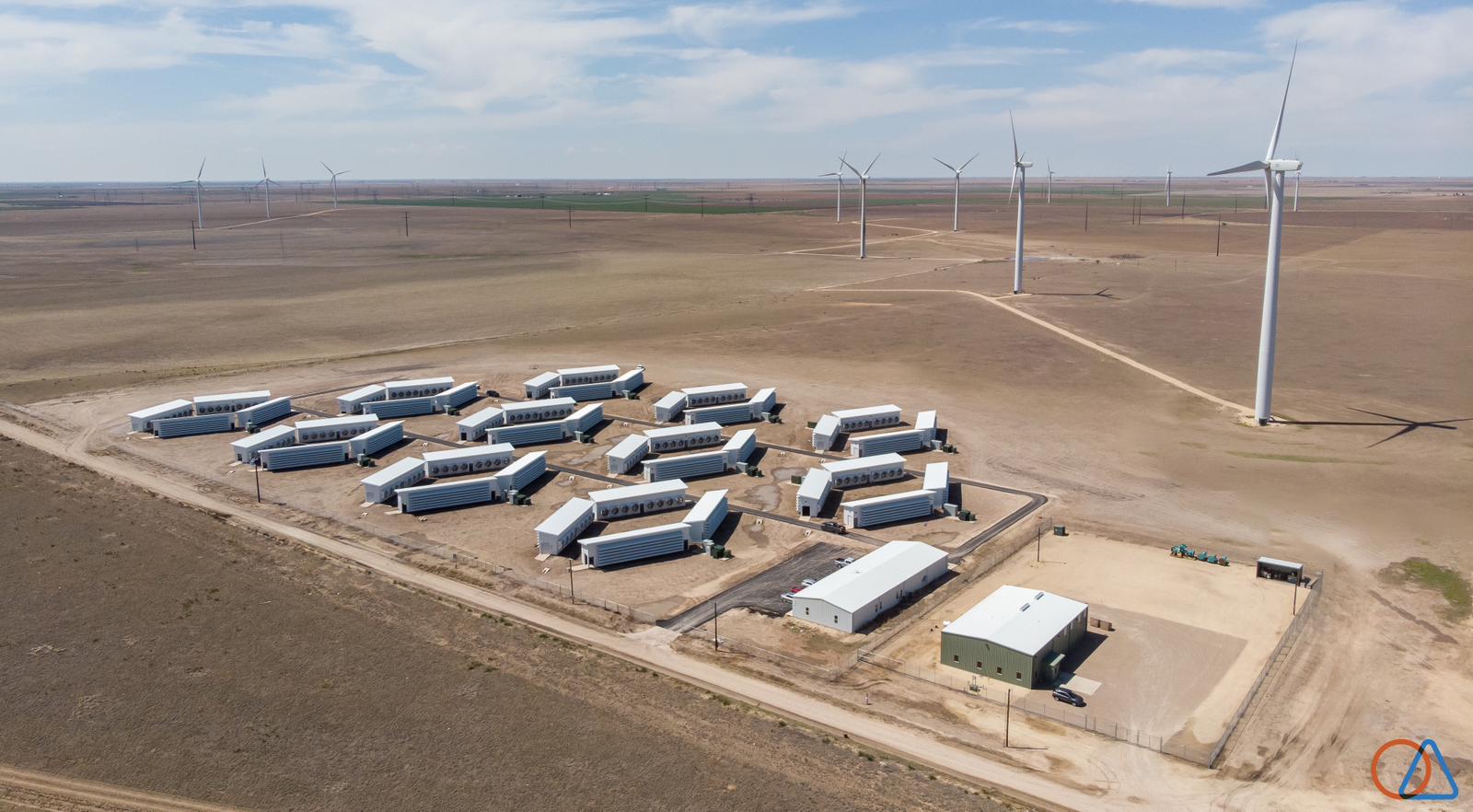By John Belizaire, CEO, and Nicola Phillips, Contributing Writer
Recently, the NYT published a report on “The Real-World Costs of the Digital Race for Bitcoin.”
The report, which covers a lot of ground, does a good job of synthesizing many of the arguments used against Bitcoin over the past few years. In the intervening weeks, we’ve been following the commentary that the report has generated on both sides, and we want to weigh in with our thoughts on the matter.
The report focuses on demand response programs — strategic incentives for companies to lower their energy use during peak demand times by getting paid to do so. Demand response programs are not new or radical but have been gaining increasing attention in the last couple of years as Bitcoin miners begin to engage in the process in earnest. These programs, which are particularly prevalent in Texas’s independent grid system (ERCOT), can help balance out a grid that is vulnerable to extreme weather events and grid-wide outages. This is especially true as many parts of the grid are increasingly powered by renewable energy.
Bitcoin miners are not the only participants of such programs, but the nature of Bitcoin mining (which can be turned on or off at will without disrupting the integrity of the process) lends itself well to the flexibility required to take advantage of demand response incentives. And the controversial nature of Bitcoin mining lends itself well to take-down pieces like this by mainstream publications.
In 2007, the NYT published a positively glowing review of demand response programs and their potential. The shift by the Times in the intervening years aligns with the entrance of Bitcoin miners into the mix. Of course, over the last decade and a half, the focus has also shifted from cost-savings and localization to climate change and environmental impact. Times change, and attitudes with them. A publication should not be expected to hold the same party line on an evolving issue as more information becomes available.
That said, there are significant areas where the NYT falls short in this seemingly comprehensive investigation. The report makes several reductionist, false, or misleading claims.
- The report compares industrial energy usage to personal home energy usage. Yes, commercial industries do generally require significantly more energy than the average household. Think of aviation, meat, cement. If the question is more specifically on data mining, data centers in general use extraordinary amounts of energy. Bitcoin mines have never been unusual in that respect.
- The report characterizes Bitcoin mining companies as savvy, and indeed manipulative, businesses, “deftly pulling the levers of U.S. power markets.” The characterization seems unnecessarily slanted for an investigative report, which is making a case based on a progression of facts.
- The report characterizes mining operations’ energy demand as “near-constant,” when one of the particularly beneficial characteristics of Bitcoin mines is that they don’t need to be on 24/7.
- The report talks about a “vast majority” of renewable energy being used in the absence of these operations but provides no data to back up this bold — and likely fallacious — claim.
This last point brings us to the question of actual sustainability.
A year ago, many of the most prominent Bitcoin operations across the country wrote a letter to the EPA arguing that “Bitcoin miners have no emissions whatsoever…associated emissions are a function of electricity generation.”
The logic in this argument is convoluted and somewhat insincere. Perhaps the actual calculations performed are not generating carbon emissions, but those calculations require machines and those machines require power and to supply that power utilities will generate carbon emissions. But their point was that utilities generate power anyway.
In the case of Bitcoin mining, energy consumption is fundamental to the entire process. The salient point here is that energy consumption is not necessarily a bad thing.
Bitcoin opponents would argue that the industry is adding demand to an overloaded system, perhaps unnecessary demand at that. And that is undoubtedly true of some operations. But not all.
There are better ways to mine Bitcoin.

Indeed, on a purely conceptual basis, Bitcoin mining marries well with renewable energy. The latter is notoriously unpredictable and intermittent (the sun doesn’t always shine and the wind doesn’t always blow). The former can be performed in batches, shut off during periods of low supply or high demand, and turned on when supply rises or demand lowers.
Many, if not all, Bitcoin miners are working toward that future. Given the infrastructure that exists today, many of these companies still, out of necessity, have to supplement renewable energy with energy sourced from the grid, which is usually some mix of renewable and not. But the potential is fully there. As more Bitcoin miners powered by renewables come online, the carbon-heavy miners increasingly get pushed out. Companies that choose not to hop on the wagon as the world moves toward renewables should get pushed out — and likely will. But the entire industry should not be condemned for several bad actors.
Data centers as a whole use a lot of energy, much of it dirty at this point in time. In that way, Bitcoin mining facilities are not unique or particularly behind the times. But unlike mega data centers, which do in fact need to be on 24/7 to run properly (making powering them with renewable energy a difficult, even impossible, challenge), Bitcoin miners can go 100% renewable with the right supporting infrastructure in place.
One of the critical conditions to make that transition possible will be a shift in public opinion around the matter. The potentials of Bitcoin mining stretch far beyond what the NYT report reduces the process to (in essence, a lottery). Given the relative newness of the technology, many of those applications are not yet known or are just beginning to realize their potential. It would be foolish to write the entire concept off so quickly.
Unfortunately, it becomes an ever more divisive issue. And hit pieces, especially ones in the form of investigative reports by trusted news organizations, only serve to widen the already deep gap between Bitcoin believers and nonbelievers. The result is that attitudes toward Bitcoin mining become ever more dictated by orthodoxies (on both sides) rather than fact.




